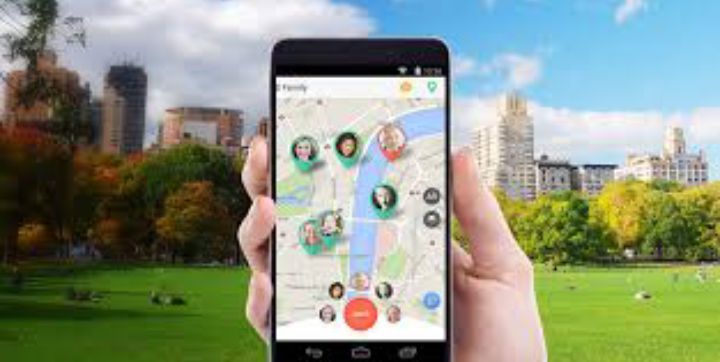The people you’re following will show up on Google Maps.
To start sharing your location:
Open Google Maps on your phone, and tap your Google account avatar (top right).
Select Location sharing.
Tap New share to start sharing your location with someone new.
Your first decision is how long to share your location: use the + (plus) or – (minus) buttons to set a time period between 15 minutes and nine hours.
Select Until you turn this off if you’d rather this contact were able to see your location until you decide otherwise.
Pick a contact from the list of suggestions, or tap More to choose a different contact.
Your chosen contact then gets an alert in Google Maps saying you’re sharing your location with them. They’ll get the option to share their location back, but they don’t have to. There’s no way to specifically request to see someone else’s location: they either have to follow the steps above or reciprocate through your location-sharing message.
The same Location sharing screen where you add new contacts also lists the people you’re currently sharing location data with — you’ll see the whereabouts of all these people plotted on the map.
Tap on a contact in the list underneath the map to zoom in on their precise location. You’ll also get an information card telling you how far away they are from you, when their location was last updated, and the battery level of their phone (which might be the reason they’re ignoring your calls).
Tap on a contact card for more details. (Some data on these screenshots has been obscured for privacy.)
You can also set up location notifications for arrivals and departures.
You can tap Directions to get directions from your current location to the contact or Stop to immediately stop sharing your location with this particular person. You can also set up notifications for a contact:
In the Location sharing screen, tap the contact you want to notify.
Tap Add next to the Notifications heading.
Choose a location you want to base the notification around, either by accepting a suggestion from Google Maps or tapping Add location.
Choose whether you want to get notified when the contact arrives at this location, leaves this location, or both.
Tap Save and then Save again. Your chosen contact will get an alert saying that you’ve set up the notification, and the notifications themselves will be through Google Maps.
Tap on Notifications on the location-sharing screen to edit or delete notifications.
Bear in mind that if you’re using the Google Family Link app to monitor the device of a child, location monitoring is an option there, too, on its own dedicated tab. You might find it more convenient to use this app rather than Google Maps for your kids — Google has more information about the feature.
Location sharing using other apps
Other apps on your phone may have some kind of location-sharing feature built into them as well. In WhatsApp, for example, you can tap the paper clip icon at the bottom of a conversation, then tap Location to let someone know where you are for a period of up to eight hours.
Locations can be shared with your friends and family in Snapchat, too, via the Snap Map. Tap the map pin icon (lower left) on the main screen to see where all of your contacts are — or at least those contacts sharing their location with you. Tap the gear icon up in the top-right corner to set which of your friends are able to see where you are.
In terms of dedicated location-sharing apps not made by Google, Glympse is the best one I’ve come across. You get plenty of options for managing who can see your location and when, and you can even use it with people who don’t have Glympse installed on their phones. (They’ll be sent a link to a map on the web.)
Life360 is good, too, but it’s geared primarily toward families. As well as offering location-sharing features (including location-based alerts) that you and your kids can make use of, the app also offers private messaging and device tracking features. It can even warn you if it thinks a family member has been involved in an accident using phone sensors in the same way as Google’s Personal Safety app.
























